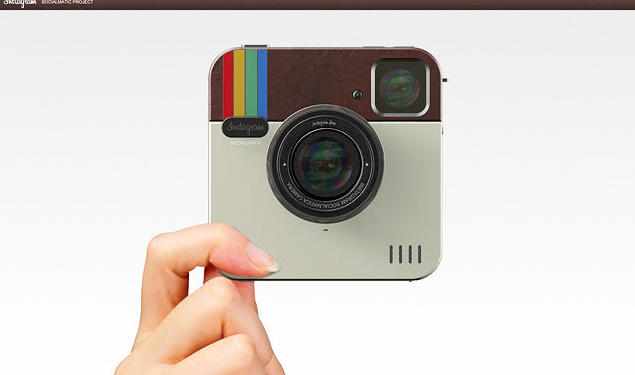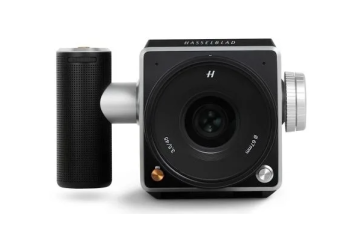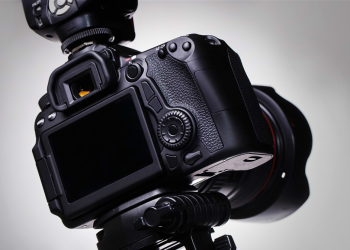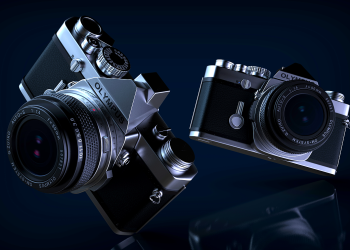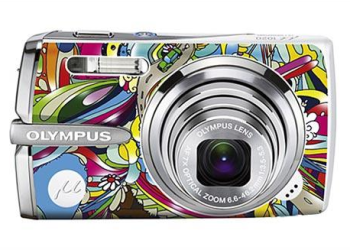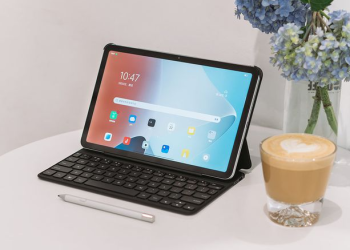Introduction
Travel photography is a captivating pursuit that allows us to capture the beauty and essence of our adventures, preserving memories to be cherished for a lifetime. In this article, we’ll explore the essential gear needed to elevate your travel photography experience and ensure you’re well-equipped for your next journey.
Choosing the Right Camera
DSLR vs. Mirrorless: Consider the advantages of DSLR and mirrorless cameras, weighing factors such as size, weight, and performance to determine which type best suits your travel photography needs.
Compact Cameras for Convenience: Alternatively, compact cameras offer portability and convenience, making them ideal for travelers who prioritize ease of use and versatility.
Selecting the Ideal Lenses
Versatility of Zoom Lenses: Zoom lenses provide flexibility for capturing a wide range of subjects and scenes, allowing you to zoom in for close-ups or zoom out for expansive landscapes without changing lenses.
Prime Lenses for Quality: Prime lenses offer superior image quality and performance, making them ideal for capturing sharp, detailed photos with beautiful bokeh and shallow depth of field effects.
Packing the Essential Accessories
Tripod for Stability: A lightweight and portable tripod is essential for stabilizing your camera and capturing sharp images, particularly in low light conditions or when shooting long exposures.
Lens Filters for Protection and Effects: Invest in lens filters to protect your lenses from scratches, dust, and moisture, as well as to achieve creative effects such as polarizing reflections or reducing glare.
Ensuring Sufficient Storage
Memory Cards: Capacity and Speed: Choose high-capacity memory cards with fast read and write speeds to accommodate the large file sizes of RAW images and ensure smooth and efficient shooting.
External Hard Drive for Backup: Carry an external hard drive or cloud storage solution to back up your images and videos while traveling, providing peace of mind in case of loss or damage to your camera gear.
Protecting Your Gear
Camera Bag for Organization: Invest in a durable and well-designed camera bag or backpack with padded compartments to safely store and transport your camera gear while traveling.
Weatherproofing for Outdoor Adventures: Equip your gear with weatherproofing accessories such as rain covers and protective cases to shield it from the elements during outdoor adventures and adverse weather conditions.
Considering Power Needs
Spare Batteries and Charger: Always carry spare camera batteries and a charger to ensure uninterrupted shooting and avoid missing out on capturing memorable moments due to power depletion.
Power Banks for On-the-Go Charging: Pack a portable power bank to recharge your camera batteries, smartphones, and other electronic devices while on the go, extending your shooting capabilities during extended outings.
Investing in Quality Photography Gear
Balancing Budget and Quality: While it’s tempting to opt for budget-friendly options, investing in high-quality photography gear will ultimately yield better results in terms of image quality, durability, and long-term satisfaction.
Longevity and Durability: Choose gear that is built to withstand the rigors of travel and regular use, prioritizing durability, reliability, and longevity over short-term savings.
Understanding the Importance of Light
Natural Light vs. Artificial Light: Learn to leverage natural light to enhance your travel photos, understanding how different lighting conditions can affect mood, atmosphere, and visual impact.
Portable Lighting Solutions: Consider portable lighting solutions such as LED panels or speedlights to supplement natural light and add fill light or creative effects to your travel portraits and indoor shots.
Learning to Use Your Gear
Practice and Familiarization: Take the time to familiarize yourself with your camera gear before embarking on your travels, practicing different shooting techniques and experimenting with settings to achieve the desired results.
Utilizing Online Resources and Tutorials: Take advantage of online resources, tutorials, and photography communities to learn new techniques, troubleshoot issues, and expand your skills as a travel photographer.
Adapting to Various Environments
Beach and Coastal Photography: Learn techniques for capturing stunning beach and coastal landscapes, including using filters to enhance colors and textures, and protecting your gear from sand and saltwater.
Mountain and Wilderness Photography: Prepare for mountain and wilderness photography adventures by packing essential gear such as trekking poles, waterproof bags, and clothing layers for unpredictable weather conditions.
Staying Lightweight and Portable
Minimizing Gear for Travel Convenience: Travel light by packing only the essentials and avoiding unnecessary gear, prioritizing versatility and portability to maximize convenience and mobility while on the road.
Multi-purpose Tools and Accessories: Opt for multi-purpose tools and accessories that serve multiple functions, such as a lens cleaning pen with a built-in brush and microfiber cloth, or a portable solar charger for powering your devices off the grid.
Capturing Authentic Moments
Observing and Immersing Yourself in the Environment: Stay present and observant, immersing yourself in the local culture and environment to capture authentic moments and candid expressions that tell a story and evoke emotion.
Balancing Photography with Enjoying the Experience: Strike a balance between capturing photos and enjoying the travel experience, knowing when to put down the camera and fully engage with your surroundings to create lasting memories.
Post-Processing and Editing
Enhancing and Fine-Tuning Images: Use post-processing software to enhance and fine-tune your travel photos, adjusting exposure, contrast, and color balance to bring out the best in your images while preserving the authenticity of the moment.
Preserving the Authenticity of the Moment: Avoid over-editing your photos and altering reality, striving to maintain the authenticity and integrity of the moment captured, and respecting the cultural and environmental context of your travel experiences.
Conclusion
In conclusion, having the right gear is essential for elevating your travel photography experience and capturing memorable moments on your adventures. By investing in quality equipment, staying lightweight and portable, and mastering essential techniques, you can enhance your skills as a travel photographer and create stunning images that tell the story of your journeys.

FAQs After The Conclusion
- What is the best camera for travel photography?
- The best camera for travel photography depends on individual preferences and requirements. Consider factors such as size, weight, performance, and budget when choosing between DSLR, mirrorless, and compact cameras.
- How many memory cards should I bring for a trip?
- It’s advisable to bring multiple memory cards with sufficient capacity to accommodate your shooting needs. Consider factors such as the duration of your trip, the frequency of shooting, and the file sizes of your images when determining the number of memory cards to pack.
- Do I need a tripod for travel photography?
- While not essential, a tripod can be a valuable tool for travel photography, particularly for capturing long exposures, low light scenes, and self-portraits. Choose a lightweight and portable tripod that fits your travel style and shooting preferences.
- How can I protect my camera gear from theft while traveling?
- Take precautions to safeguard your camera gear from theft while traveling, such as using a secure camera bag with locking zippers, carrying your gear in crowded or public places, and avoiding conspicuous displays of expensive equipment.
- What are the advantages of shooting in RAW format?
- Shooting in RAW format offers several advantages, including greater flexibility in post-processing, higher image quality, and the ability to recover details in highlights and shadows that may be lost in JPEG files.
- How can I improve my composition in travel photography?
- Improve your composition in travel photography by using techniques such as the rule of thirds, leading lines, and framing to create visually engaging and dynamic images. Experiment with different perspectives, angles, and focal lengths to add interest and depth to your compositions.
- What is the best way to protect my camera gear from weather conditions?
- Invest in weatherproof camera gear or protective accessories such as rain covers and lens hoods to shield your equipment from rain, snow, dust, and moisture. Avoid exposing your gear to extreme weather conditions whenever possible and use common sense to protect it from damage.
- How can I capture authentic moments while traveling without intruding on people’s privacy?
- Respect people’s privacy and cultural sensitivities while traveling by observing local customs and asking for permission before taking photos of individuals, particularly in sensitive or private settings. Be discreet and unobtrusive in your approach, focusing on capturing candid moments and genuine expressions without causing discomfort or intrusion.


